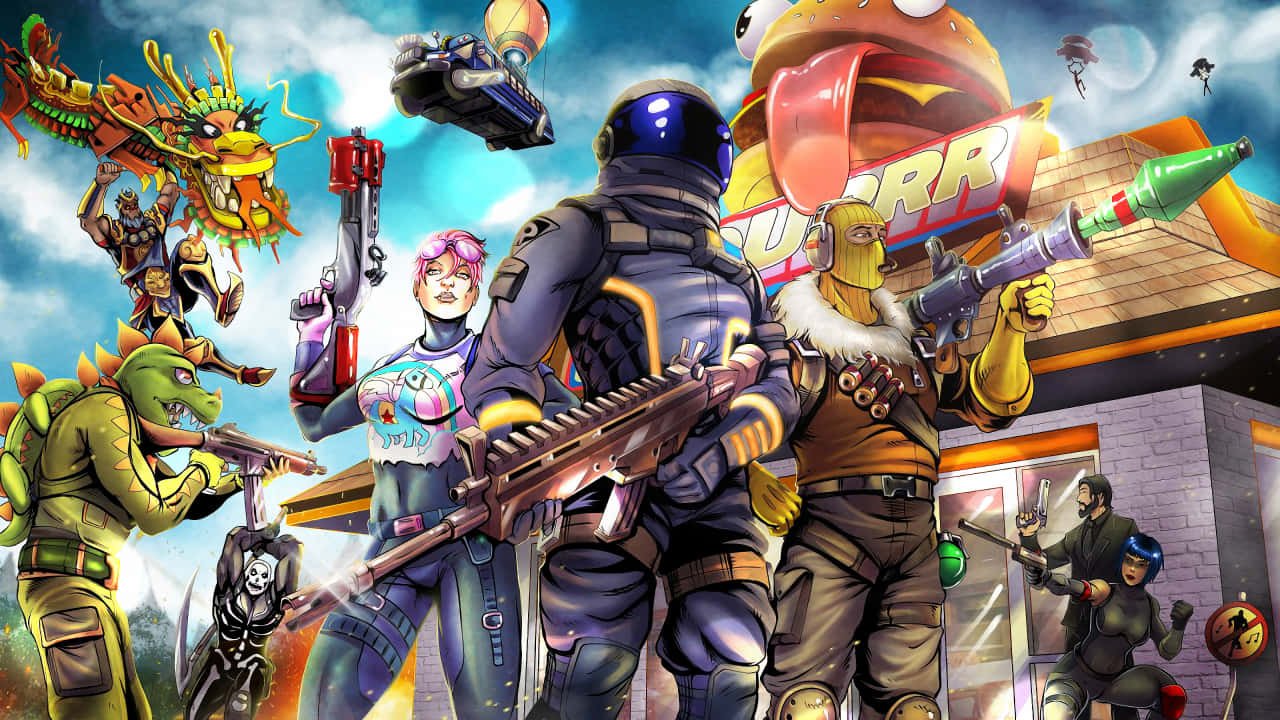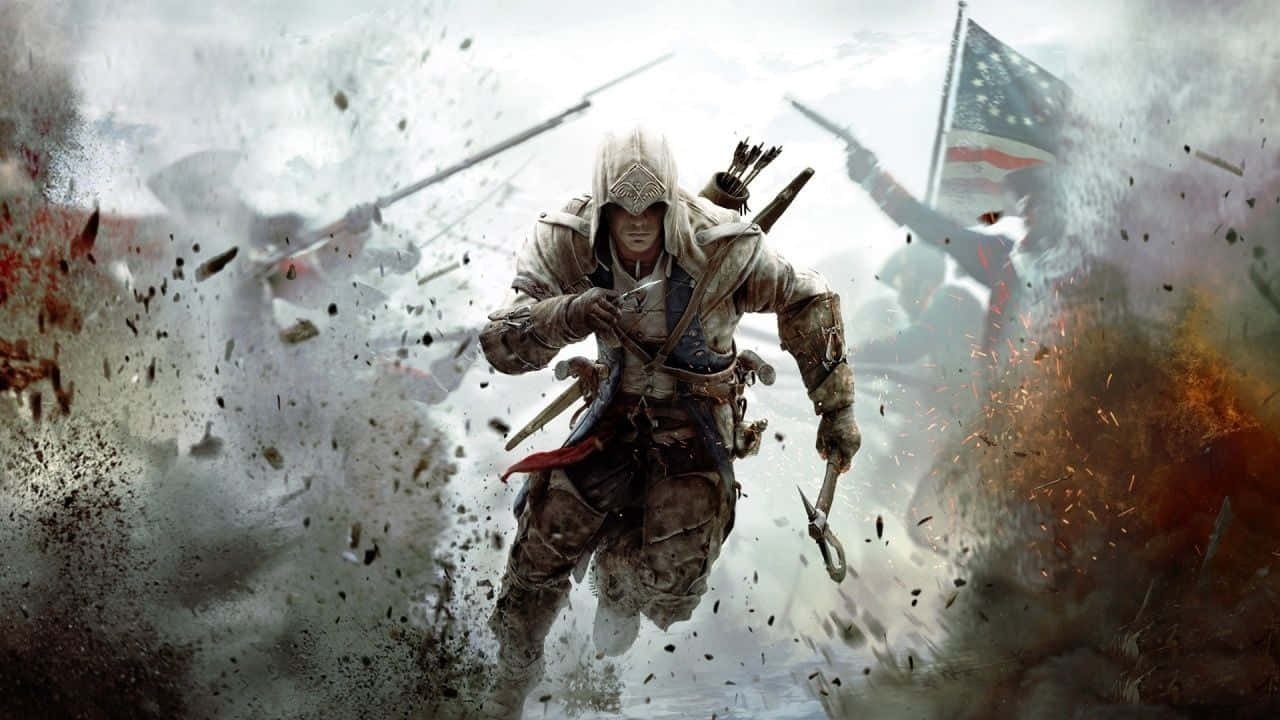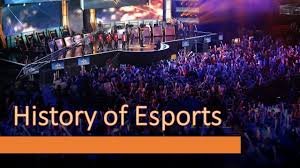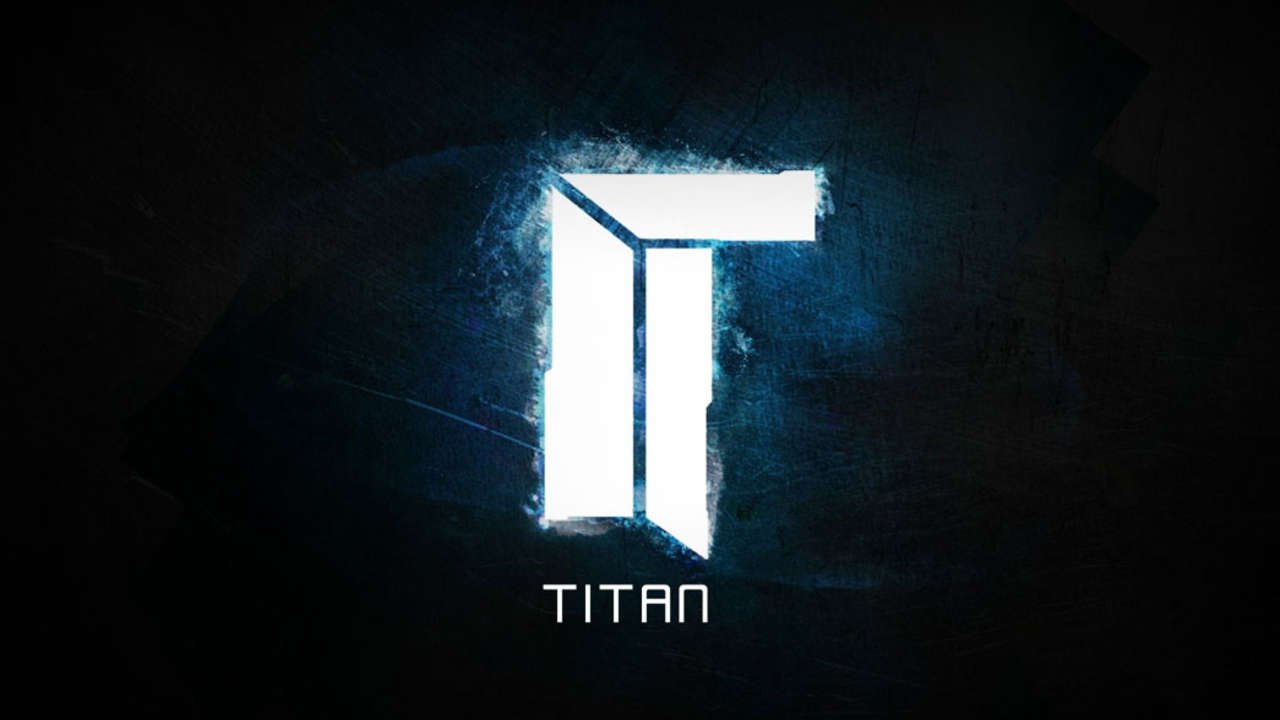Table of Contents

A new spectator sport is capturing the imagination of millions of people around the world. It’s played in packed stadiums and on screens all over. Athletes with unmatched reflexes, strategic minds and crowds who roar compete for glory and fortune. The world of competitive gaming or esports is a thrilling one. This is a world of high-stakes gaming, intricate strategies, and stunning moments of skill. Behind the keyboard clicks and frantic clicks, there is a vital element that brings digital drama to life. The voice of the commentator. They are known as shout casters, and they transform complex games into human stories. This blog is related to zainblogs.com.
From a niche hobby in basements or LAN cafes, Esports is now a multibillion dollar global industry. The evolution of Esports was not only driven by faster internet or better games, but also by the creation of a professional sports ecosystem. The broadcast is at the heart of this ecosystem. As a football match would be less interesting without an expert commentator to explain plays and build a narrative, esports matches rely on shoutcasters for translation of the on-screen actions to a diverse audience. They are able to bridge the gap between the hardcore players and the casual viewers. This makes the spectacle more accessible, exciting and emotionally engaging.
The Evolution of a Global Phenomenon: From LAN parties to Stadia
Competitive gaming has its roots in the early days when video games were first introduced. The arcades of the 70s and 80s were a popular place to play games such as Space Invaders, Donkey Kong. In the 1990s, PC gaming and internet usage grew. Tournaments were organized for games like Quake and. These events were called LAN parties and players brought their computers in to compete. The audience was small, and the competition fierce. I n the 2000s the game StarCraft Brood War , a real-time strategy , became a national obsession, especially in South Korea. Television matches, professional teams and celebrity players set the foundation for modern esports. Here, the role of the commentary began to take shape.
In the 2010s, esports became a global phenomenon. With the advent of streaming platforms such as Twitch and YouTube Gaming, anyone with a connection to the internet could watch live competitions anywhere in world. The popularity of games like Counter-Strike: Global Offensive, Dota 2 and League of Legends grew, as did the number of players. Professional leagues were formed with prize pools of millions of dollars. The tournaments were moved from convention centers to sporting venues such as Madison Square Garden and Staples Center. Tickets sold out and proved that digital sport can command an audience as passionate as any physical sport.
Esports: The Impact on Culture and Economy
Esports are not only a form entertainment, but also a major economic engine. Advertising, sponsorships and media rights generate revenue for the industry. Ticket sales, merchandise and merchandise are also a source of revenue. Mercedes-Benz and Coca-Cola have made significant investments in esports, realizing the potential of this medium to reach young, tech-savvy and highly engaged audiences. Professional players earn salaries of six or seven figures, with prize money and sponsorships. A whole support industry has developed, which includes coaches, analysts and managers as well as production crews.
Esports have legitimized competitive gaming in the culture. It has challenged the traditional notions of athleticism and sport, focusing on mental acuity and teamwork. Some countries recognize esports athletes as professional athletes and offer scholarships for esports. Communities that form around certain games are international, bringing people together from different cultures and languages. Esports have their own heroes, rivalries and iconic moments. They are immortalized and discussed in the same manner as a World Cup winning goal or Super Bowl touchdown.
Shoutcasting: More than just talking
The shoutcaster is at the core of the esports experience. This term was born in the early days when commentators would shout with excitement. It now refers to a demanding and sophisticated profession. Two main types of commentators work in tandem on a typical esports show: Play-by Play Caster: Essentially, this person is the main narrator. They are able to deliver their messages quickly and have an extensive knowledge of the mechanics of the game. They must follow the fast-paced gameplay and call out important actions, objectives, and eliminations as they occur. They create excitement and make sure the audience does not miss any important events. Their enthusiasm is contagious, and they can make a great play legendary.
Color Caster or Analyst: Provides the strategic context. The colorcaster provides context to the match. While the play by play announcer focuses on the action, the analyst explains what’s going on and why. They examine team strategies, player choices, economic benefits, and possible future outcomes. Former professional players and coaches are often the ones who present, as they have an impressive background. During lulls, they slow down the pace to give insights, share player stories and educate the audience.
This synergy is what makes a broadcast compelling. The colorcaster is the one who provides substance, while the play-by-play announcer provides hype. Together, they take the viewer on a journey through the story of the match.

The Viewer Experience
Shout casters make esports more accessible. Many popular esports games are extremely complex and have a steep learning slope. Unable to understand the visual chaos, a new viewer may be lost when watching a League of Legends match or dota 2. The commentators are translators. They simplify complicated concepts, explain in-game items, and describe the importance of abilities and other game elements.
Casters also humanize players. Casters discuss the players’ styles and share their background stories. They also highlight rivalries between them. Casters transform digital avatars into real people with goals and concerns. A caster explaining that a particular player is known for his “clutch” performance under pressure adds another layer of tension in a crucial late-game situation. This emotional investment will keep viewers interested and turn them into loyal fans. Commentators provide a new level of enjoyment for fans who are dedicated. A colorcaster’s expert analysis can reveal subtleties that experienced players may miss. The colorcasters are masters of high-level reasoning, and enrich the viewing experience of the most knowledgeable audience segment.
The Future of the Profession and its Challenges
It is a demanding job. The job requires a lot of preparation. This includes studying teams, players and changing game strategies. Long hours, frequent traveling, and vocal strain are all part of the job. Casters are public figures that face constant scrutiny by a passionate, often critical online community.
The future of esports commentaries is bright, and it continues to develop. The next chapter of esports commentary is shaped by several trends: They turn complex games into captivating drama, technical skills into human achievements, and pixels on the screen into unforgettable sporting moments. They are also analysts, educators and entertainers. The shoutcaster’s voice is essential to the competitive gaming world. Without it, the cheers of the crowd, the sweetness of the wins, and the vibrancy of the competition would all be diminished. The shoutcasters are and will remain the voice of choice for the digital generation.

FAQs
What is a shout caster?
A shout caster is an esports commentator who provides commentary for professional matches. The shoutcaster term was born from the enthusiastic, sometimes shouting style used by early commentators in exciting moments. It refers to the role of professional commentary and expert analysis in competitive gaming broadcasts.
Are esports considered “real” sports?
This is an ongoing topic. Esports may not require the same level of physical exertion that traditional sports such as soccer or basketball do, but they still demand high levels of mental acuity and strategic thinking. They also require fine motor skills and teamwork. Esports players are officially recognized as athletes in many countries. The structure of professional teams, leagues and tournaments is similar to that of traditional sports.
How did shoutcasters start out?
Many shoutcasters who are successful started as enthusiastic members of the game community. You can start by creating YouTube analysis videos, streaming your own gameplay or casting amateur online tournaments. The key is to build a portfolio, and your personal brand. To get noticed by broadcasters and tournament organizers, aspiring casters must improve their public speaking, game knowledge and on-air presentation.
What is the average income of professional esports commentators and players?
Incomes can vary greatly. Professional players at the top of the game ( League of Legends and Dota 2 ) can earn six-figure salaries, without including prize money or sponsorships. Shoutcasters at the top of their game can earn six-figure incomes. For every player or caster at the top level, there are many others who earn modest incomes or do this as a hobby.
What are the most popular esports games?
There are always new titles that dominate the market in terms of viewers and prize pools. Multiplayer Online Battle Arenas like League of Legends or Dota 2 are among the most popular. First-Person Shooters like Counter-Strike 2 or VALORANT, and Battle Royale Games like Fortnite and Apex Legends also feature.
It’s not too late to start playing esports.
Not at all. The industry continues to grow rapidly. Although becoming a professional player can be a difficult task, the esports industry offers countless career options. There are many career options in esports, including coaching, management and marketing roles, as well as broadcasting, journalism and software development. The community has never been more welcoming to fans with a variety of events and content.
Conclusion
Esports have cemented their place as an important part of entertainment and culture in the modern world. The journey of esports from a hobby to a global phenomenon has been amazing, driven by community, technology and human talent. The importance of the shoutcasters, who tell the stories in the industry as it grows, cannot be understated. They are the conductors who guide the audience through the symphony that is competitive gaming.







